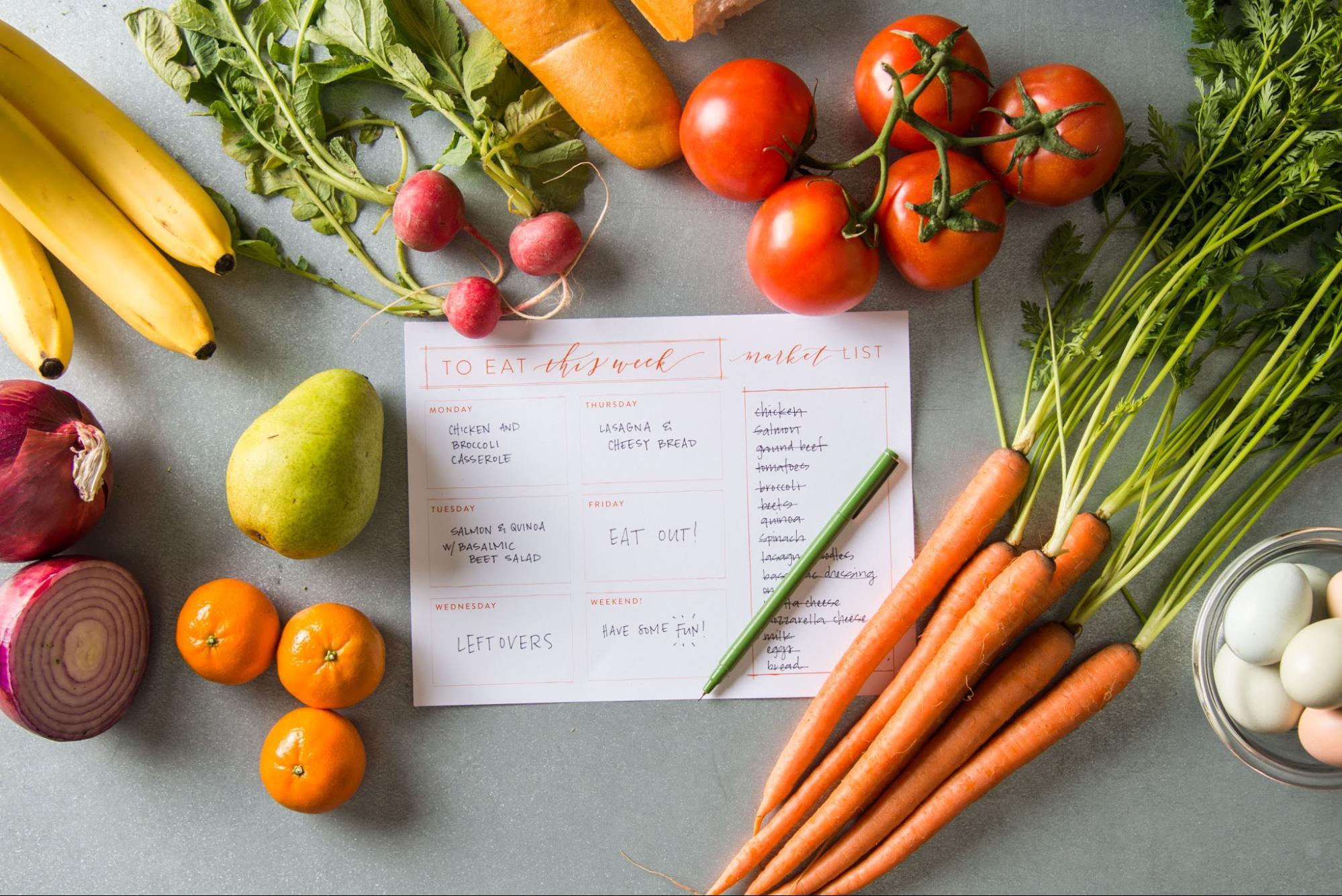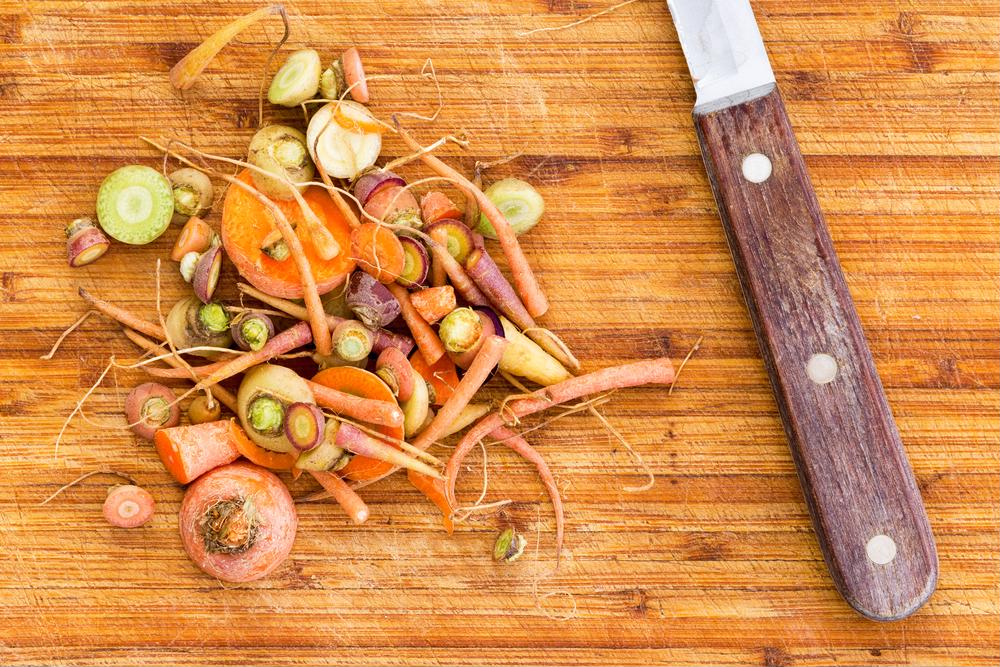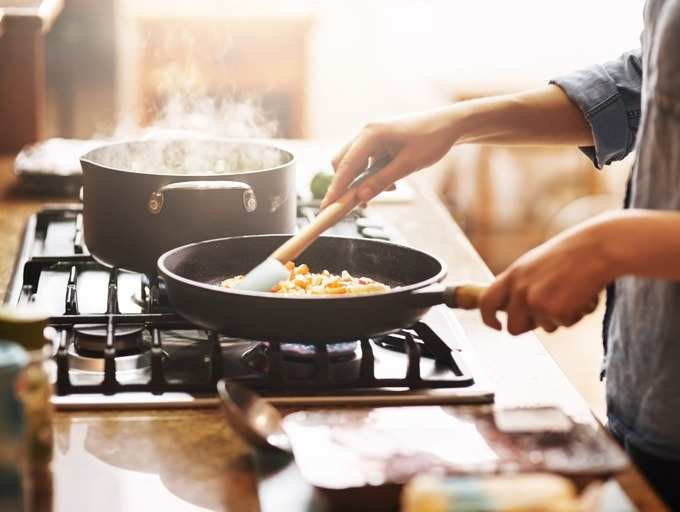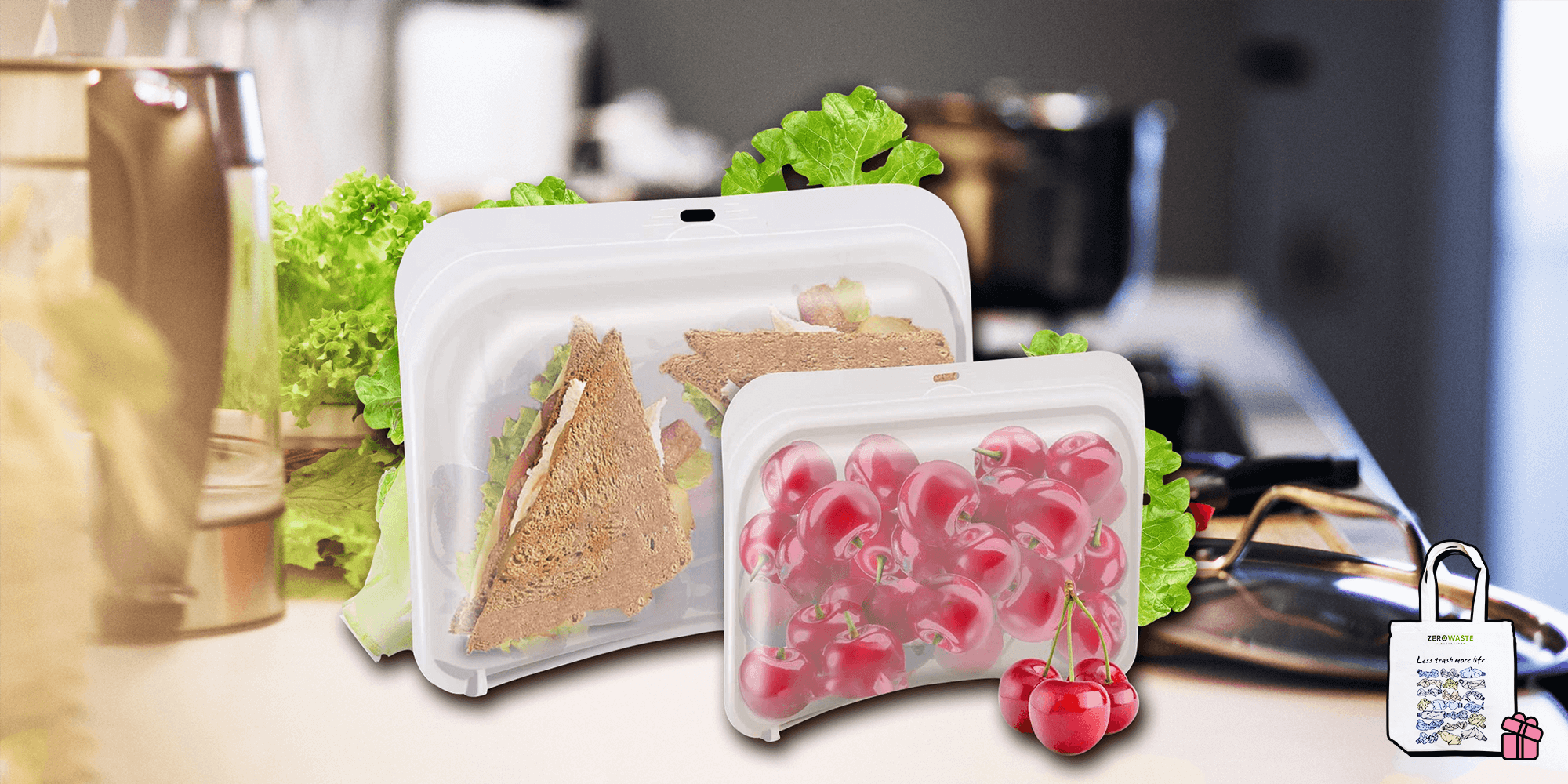Zero Waste Blog, Zero Waste Ideas
Practice Zero Waste Cooking With 12 Tips
Zero waste cooking is exactly as it sounds – simply means being mindful about the food (and other) waste you create while cooking and baking.
Whilst minimising kitchen scraps may sound time-consuming, it’s really just thinking more consciously about your food choices and using what you already have on hand. Smart consumption is more than just trendy, it is becoming essential to the survival of our planet.
In this article, we discuss some basic techniques that you can use at home to start zero waste cooking today.
Table of Contents
Why should you be zero waste cooking?
For those of us who are concerned with the health of the planet, cooking and eating aren’t without problems. In fact, nearly one-third of all food produced in the world is discarded or wasted for various reasons. That equates to nearly 1.3 billion tons every year.
On a smaller level, 35% of an average household’s bin is made up of food waste. Concentrating on zero waste cooking is not only great for the environment, but it can also save you a huge amount of money.
Zero waste cooking also reduces waste from food packaging and serving containers, including takeout boxes.
One way to think of zero-waste cooking is in terms of the old dictum “reduce, reuse, recycle.” It involves the following:
- Reduce. Use less of — or do without — unnecessary ingredients. Cook smaller portions to avoid excessive leftovers.
- Reuse. Repurpose food scraps instead of throwing them out. Use reusable containers to buy foods in bulk.
- Recycle. Compost leftover food scraps. Buy food from food rescue organizations that ensure that farmed produce doesn’t go to waste.
Perhaps you’re already using a reusable shopping bag, and buying food with little or no packaging. Take it to the next level by using more of the food you buy.
The approach to ZERO WASTE COOKING
1. Plan Your Meals
When I used to set out to cook a meal, I would think about what I wanted to eat, look up a recipe, jot down a shopping list, buy the ingredients, bring them home and make the dish.

Planning is key to reducing waste.
You don’t have to plan every morsel of food you’ll eat for a month but even thinking ahead about the next couple of meals you’ll make will save you time and energy, while reducing your waste and stress.
A few things to consider when planning zero-waste meals are:
- Perishable food on your shelves that needs to be used soon.
- Recipes using foods you can buy in bulk.
- How to use the same ingredients across several meals.
- Recipes that won’t require obscure ingredients that you might not use again.
- What serving size is manageable for your household how long leftovers will keep.
2. Buy in Bulk
Whenever you can at the grocery store or co-op, try buying food (and other items) in bulk. Bring your own mason jar or reusable storage container, fill it up, and be sure to record the tare weight. Not sure where to begin buying in bulk? Try out our top tips for bulk buying.
Paying close attention to expiration dates and estimating the shelf life of any perishable food you plan to buy are equally as important.
3. Repurpose What You can

Finding ways to reuse leftovers, scraps, and overlooked parts of fruits and veggies, such as stems or peels, may be one of the most exciting parts of zero-waste cooking. It’s also the step that leaves the most room for culinary creativity.
Plus, you can repurpose food scraps in an infinite number of ways. Here are a few:
- Sauté or make pesto with veggie leaves and stems.
- Use leftover bones, meat, and veggie scraps to make broth.
- Freeze cheese rinds and use them to flavor soups.
- Juice leftover fruit and veggie scraps.
- Season and roast squash seeds.
- Replant roots or trimmings from onions, celery, lettuces, and other veggies you can regrow.
- Use coffee grounds and eggshells for garden fertilizer.
- Use fruit peels to infuse oils, vinegars, and bitters.
4. Embrace Leftovers
Invest in a good set of airtight containers and save leftover food from restaurants, take out, and home cooking. Then, don’t forget to eat it! Keeping your fridge clean and pared-down is another way to ensure that the food you store stays front of mind and makes its way onto your plate, rather than spoiling in the back of the fridge.
5. Compost When You Can
However, if food has grown mold, turned mushy, or begun to smell, you shouldn’t eat it. Even in a zero-waste kitchen, it’s better to compost or repurpose what you can rather than risk getting sick from eating spoiled food.
Of course, if you do zero-waste cooking well, you’ll have as little leftover scraps to compost as possible. Even still, you want to have an option of what you can do with them, so composting is a great habit to adapt.
/GettyImages-1173160625-bc8098e51d424eb2ad4b73a44fa21e6f.jpg)
First thing’s first, try memorizing what can and can’t go in the compost: cans include food scraps like veggie and fruit scraps (cores, peels, and pits), nuts and nut shells, seeds, grains, beans, tofu, and tempeh, bread, pasta, baked goods, and snack foods, egg shells, and coffee grounds.
6. Invest in Zero Waste Food Storage
Produce or other food that spoils quickly is hardly the best use of that food. To ensure that your food lasts long, effectively storing it is key. You will want to create an arsenal of glass jars, reusable silicone bags, stainless steel and glass containers, and other zero waste food storage items. This reduces your need for plastic saran wrap, tinfoil, and of course, plastic Ziplocs.
7. Store Food the Right Way
It’s worth noting that certain foods need to be stored in different ways. You can’t just jam everything in the fridge and expect the best results.
Nuts and seeds should be stored in the fridge or freezer, omega-3 oils and nut and seed flours should go in the fridge, and meat should always be stored on the bottom of the fridge to avoid contamination due to leakage.
Eggs should be in the center part of the fridge (not the door) to keep their temperature even and homemade nut milk should be frozen in bulk and thawed as needed.
8. Buy Locally
Locally grown food is the best option for your health and the environment. Locally grown food tends to have more nutrients, be fresher, and helps protect biodiversity in your area. When you buy direct from a farmer, you’re engaging in a time-honored connection between eater and grower.
Local food is an investment in the future. By supporting local farmers today, you are helping to ensure that there will be farms in your community tomorrow.
The best way to buy locally – if you’re not growing your food yourself – is to frequent the local farmers markets or farm stands.
9. Get Creative in the Kitchen
One of the great things about cooking your own food is that you can tweak recipes to your liking, adding new flavors and ingredients.
Including parts of foods that aren’t usually used is an excellent way to repurpose scraps when you’re experimenting in the kitchen.
Whipping up a homemade stock is an easy way to use excess food.
Sauté vegetable scraps like the tops, stalks, peels and any other leftover bits with some olive oil or butter, then add water and let them simmer into an aromatic vegetable broth.
Whipping up a fresh pesto made with broccoli stalks, soft tomatoes, wilted spinach or cilantro rather than the traditional basil is an inventive way to add a tasty twist to favorite dishes.
10. Keep Your Serving Sizes in Check
Overeating is a problem for many people. Making sure your portion sizes stay within a healthy range doesn’t just help keep your weight down, it also reduces food waste.
While you may not think twice about scraping the leftover food on your plate into the trash, remember that food waste has a major impact on the environment.
Being more mindful of how hungry you actually are and practicing portion control are great ways to reduce food waste.
11. Make What You Can
Having a garden — whether it’s a food scrap garden or a full-blown, outdoor vegetable garden — can definitely help make your cooking process more zero-waste.
But even if you don’t feel like you have a green enough thumb to pull off tending to a garden, you can still make a few things at home that will end up cutting back on the plastic packaging you buy.
12. Make It Fun

Children and husbands are not typically as open to change as a mom trying to get creative and making do with what she has. Once they have one or two delicious dishes they will be more open to the process.
Zero waste cooking is an action you can take in your home, too. By repurposing food scraps, doing your best to not let food spoil, and purchasing only as much as you need, you can cut down on your food waste.
With a bit of planning and practice, you can reduce waste from your meals and have a more sustainable kitchen.


